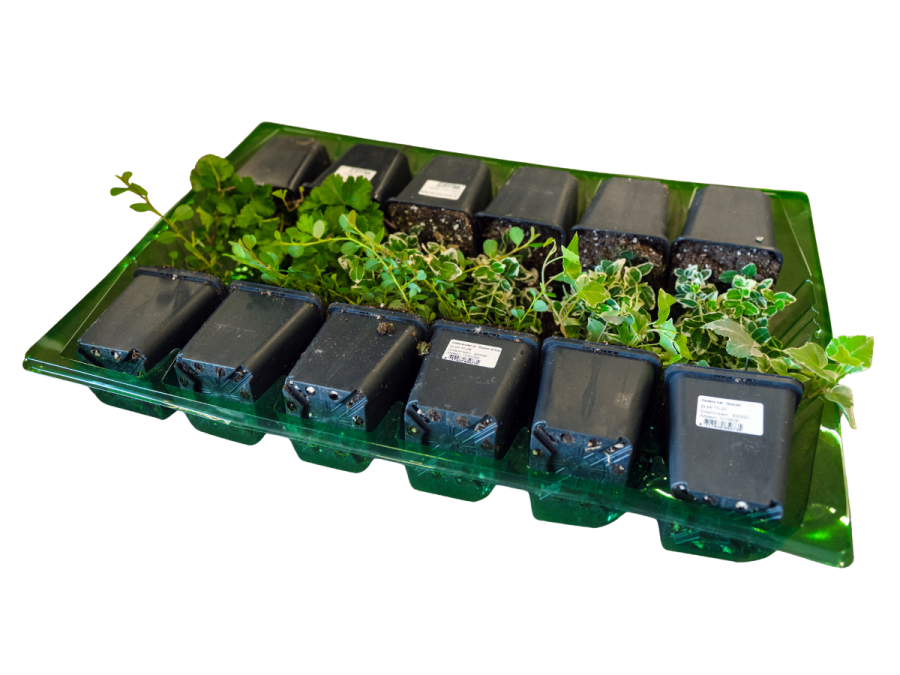If you have ordered large-sized plants or trees, we deliver them on sealed pallets and place them around your house or driveway. The pallets are sturdy and provide optimal protection for large-sized plants.
Preferences
To improve and personalise your online experience, we use cookies and similar methods. Certain marketing cookies allow us and external parties to track your browsing behaviour in order to better tailor our communications to you. You are always free to select which categories of cookies you wish to allow. By clicking on 'Okay', you accept the use of all cookies on our site. Should you decide you do not want to see personalised ads, you can decline them here. You can also adjust the settings yourself! You can do this here.



























